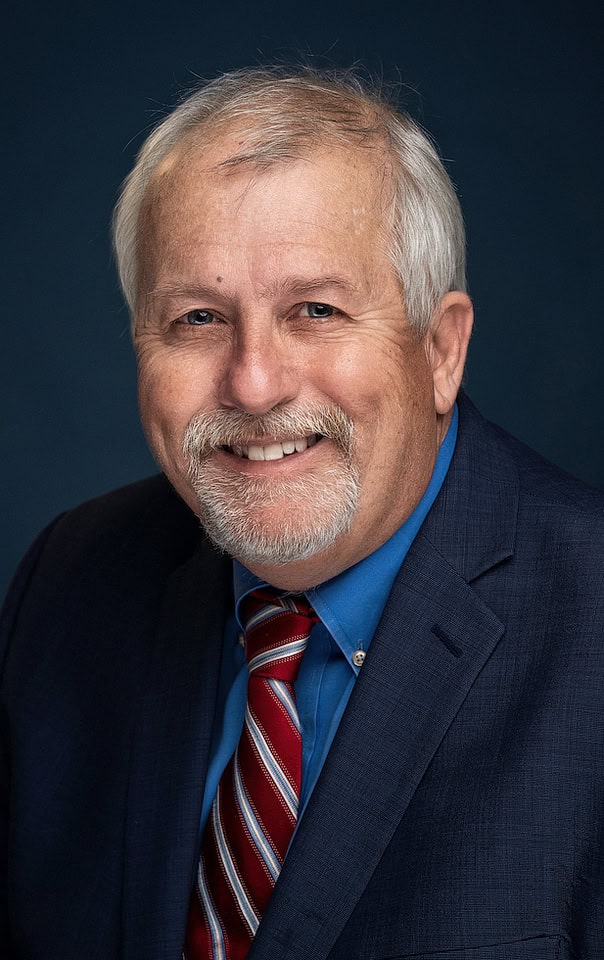Case Name: Kaul v Urmanski
Type of Case: Constitutional Government and Rule of Law
Court: Outagamie County Circuit Court, Supreme Court of Wisconsin
Filed On: March 12th, 2024
Current Status: SCOWIS struck down the state’s 1849 abortion law.
WILL OPPOSES EFFORT TO MAKE ABORTION A “CONSTITUTIONAL RIGHT” IN WISCONSIN
March 12, 2024 | WILL and the Thomas More Society, on behalf of Wisconsin Right to Life, Wisconsin Family Action, and Pro-Life Wisconsin, have filed a response to Wisconsin Attorney General Josh Kaul’s “bypass petition” seeking to create a constitutional right to an abortion in Wisconsin, by adding a new claim to his lawsuit that was not previously raised.
Where Would the Court Draw the Line: If the Wisconsin Supreme Court were to agree with Kaul, what would happen next? For example, would the prohibitions on abortions after viability, Wis. Stat. § 940.15, or after the unborn child can experience pain (defined in the statute as 20 weeks), Wis. Stat. § 253.107, also be unconstitutional? How about partial-birth abortions, or very late-term abortions? None of those prohibitions are challenged or at issue in this case, but if this Court constitutionalizes abortion, it will have to answer these questions sooner or later.
And if the Court’s answer is that any of these are ok, where does it draw the line and how does it justify that line? Does it reimpose Roe’s now-jettisoned “viability” line, which “has not found much support among philosophers and ethicists,” which “other countries almost uniformly eschew,” and which raises a host of other questions, such as what “probability of survival” counts as “viable”? Dobbs, 597 U.S. at 274–78.
Or does this Court impose some other arbitrary line, and if so, what line? A fetal heartbeat (weeks 5–6)? Brain activity (weeks 6–7)? Movement in the womb (8 weeks)? Organ function (week 10)? Facial expressions (weeks 10–12)?
Again, addressing this litany of questions should be reserved to the legislative process and a transparent debate from the state’s elected policy makers.
What Goes Around Comes Around: Roe v. Wade politicized the United States Supreme Court more than any other decision of that Court, and it generated an intense backlash that lasted for decades. This has been documented by numerous writers and Court-observers on both sides of the political aisle. Wisconsin’s Supreme Court should not replicate that sequence of events.
Dobbs rightfully put the abortion issue back where it should have been all along—in the halls of state legislatures. Addressing the issue will take hard work and may require some difficult compromises for both sides of the issue. But in Wisconsin, as elsewhere, that work is only just beginning.
There are no permanent victories in Wisconsin or American politics. Seeking to constitutionalize this issue through improper channels damages our Republic and will certainly be used again when the inevitable pendulum swings back.
CASE DOCUMENTS
- Proposed Opposition to Bypass Petition, March 2024
- Intervention Petition Brief, March 2024
- Conditional Motion to Intervene or File Amicus Brief, March 2024



KYLE KOENEN
Director of Policy